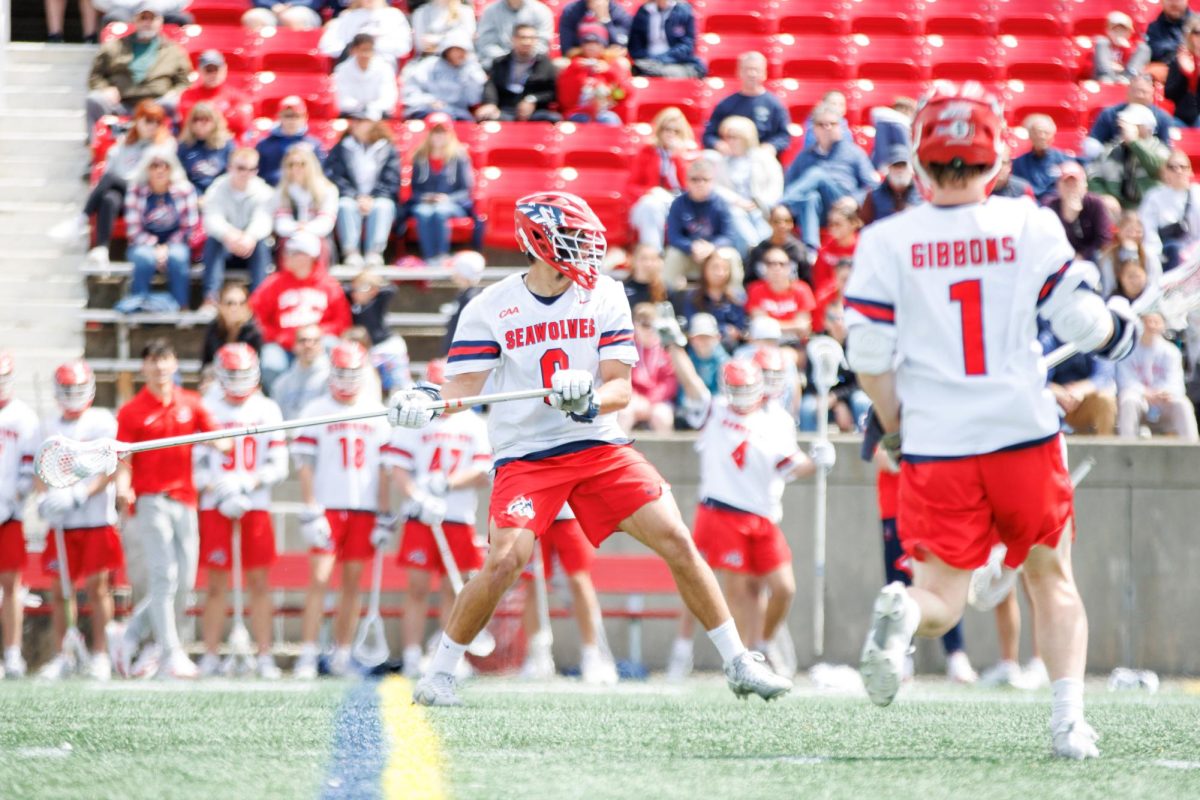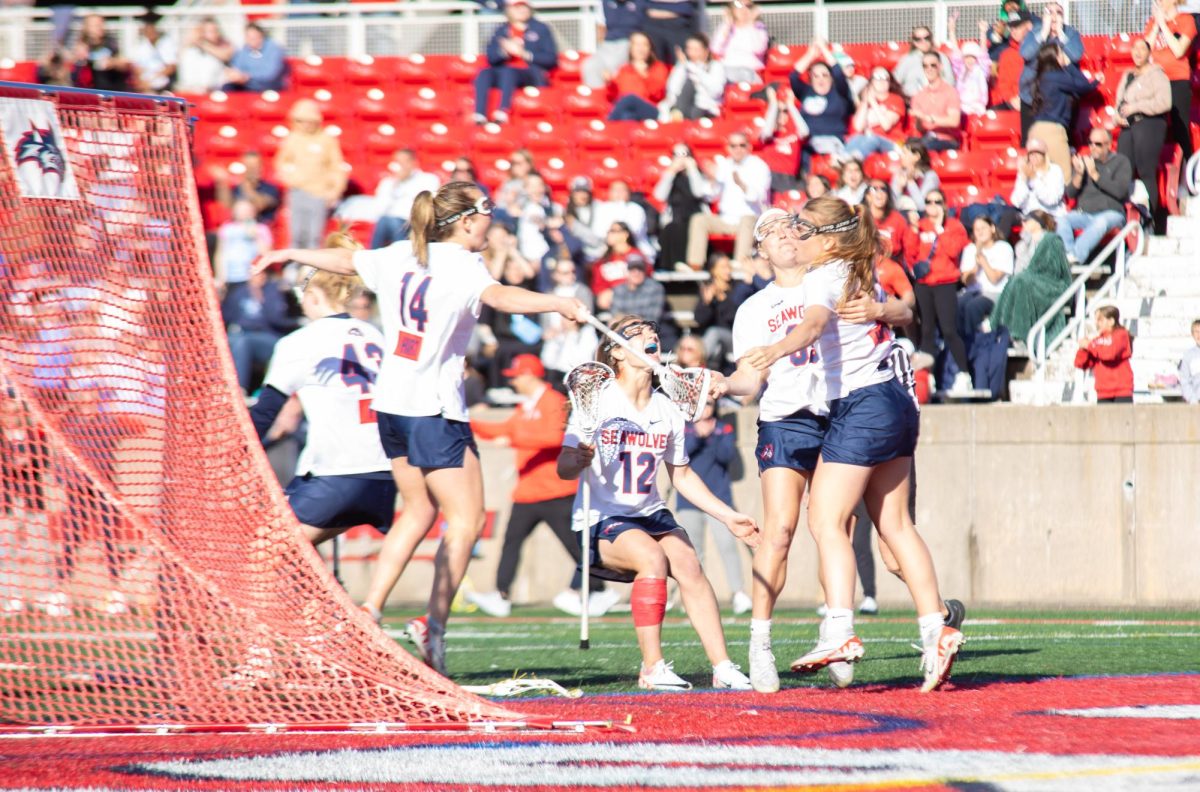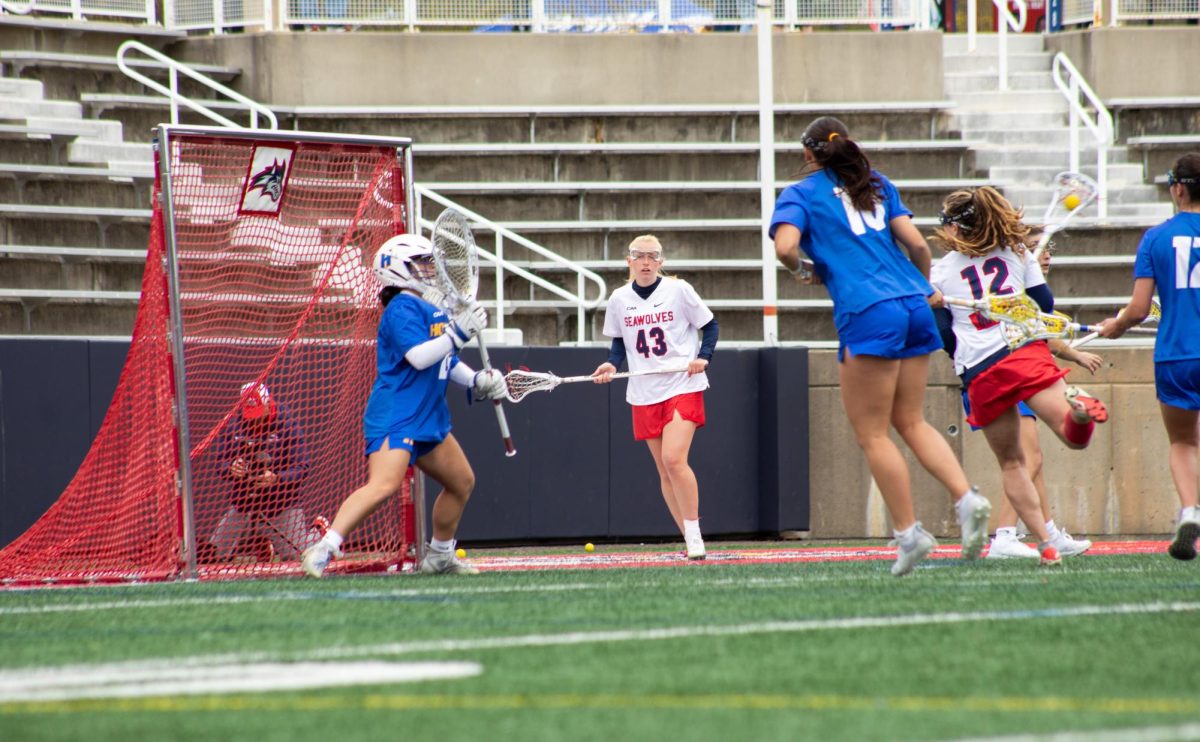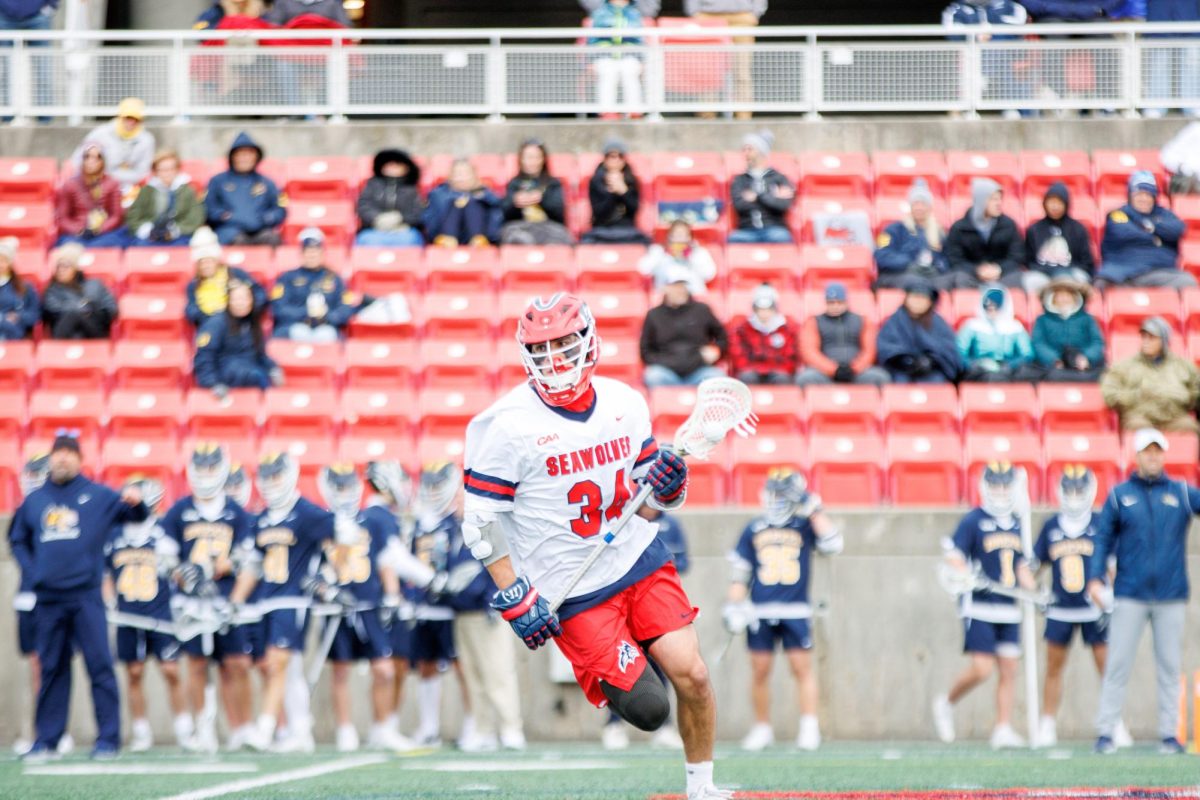
In every sport on any level, from little league to the pros, fans want to know who the best teams are and who is dwelling in the cellar. Heading into every matchup, there has been a phenomenon where all the people in the stands need to know who is going to win beforehand, whether it is because they want to cheer for the favorite, underdog, or just do not understand the game enough to recognize who is on top.
Sitting in the stands to witness just how great certain athletes are at their craft is never at the top of the priority list, and if a team does not win, they are thought of as being “bad,” plain and simple.
This is something that has become more and more noticeable over time in college sports, specifically in the ranking system. With coaches picking their list of the best teams in the country weekly, computers generating their opinions and outside newspapers and magazines doing the same, teams and student-athletes are judged by the numbers in front of their team’s name. How many fans look at the end of the year All-Conference teams and All-Conference Academic teams which represents arguably a bigger accomplishment? Not many.
The 2014 America East Women’s Lacrosse season has shown something that has left onlookers confused. Stony Brook took home the conference title last season, and although coming back with a set of young guns, still looked to be the easy favorite to dominate.
For all intents and purposes they have been the best team in the conference all year, leading the country in scoring defense behind the performance of Tewaaraton nominee Frankie Caridi in goal. The senior has followed up a terrific junior season in which she led the country in goals allowed per game, and has anchored arguably the most stout defense out there.
Throughout the season, the Seawolves have floated around the second tier of the rankings, from the neighborhood of the top 10 to currently not even being in one of the rankings as the America East tournament commences. The problem with this? The Albany Great Danes are not only ranked, but by virtue of being ranked No. 19 in the coaches poll, coaches feel that they are better.
Does that make sense when Stony Brook handled them with relative ease just a few weeks ago? Not really.
Penalizing a team for losing to a Vermont team who needed to win to make the conference tournament does not justify such drastic ranking changes. This doesn’t necessarily show a problem with the current rankings, as this sort of thing can happen in any sport, but a flaw in the system. If Stony Brook fell to Vermont earlier in the year, would Stony Brook have fallen further in the RPI computer rankings (currently No. 16 to Albany’s No. 18)?
Another problem with this whole deal is that there are so many different rankings. In the end, the RPI is what is going to actually mean something come tournament time. The other systems just cause trouble.
When the No. 1 seed in a conference tournament is either unranked or ranked lower in multiple polls compared to the No. 2 seed in the tournament, they are going to be upset. This is unfair to Albany, as Stony Brook now had bulletin board material to fire them up, and a coach that has a special talent in firing up his group in Joe Spallina.
By the score of 7-1, Stony brook convincingly beat Albany in the championship game, begging the question of how Albany could have been ranked ahead. The Vermont game very possibly cost Stony Brook a chance to host a round in the NCAA Tournament, and for what, a meaningless game?
At the end of the day, what do the rankings do in any sport besides providing context for a game?
One can argue that media outlets need to know who the top teams are to schedule televised events and coverage, yet if they are good at what they do, analysts should be able to identify the best teams without putting a number next to their name.
Every coach heads into a game with some form of an idea regarding how the contest is going to go.
They will know if it’s a game they should win, should lose, and every factor in between. They do not need other coaches or a computerized program to tell them if they “should” win.
All they care about is that their kids go out there and perform to their potential every time they step out onto the field, rankings go out the if they do not and anything can happen.
All things taken into consideration, chasing a number next to a school name makes little sense when the true hunt should be for playing to the best of one’s ability. Will that change?
Probably not, but one could only hope.












